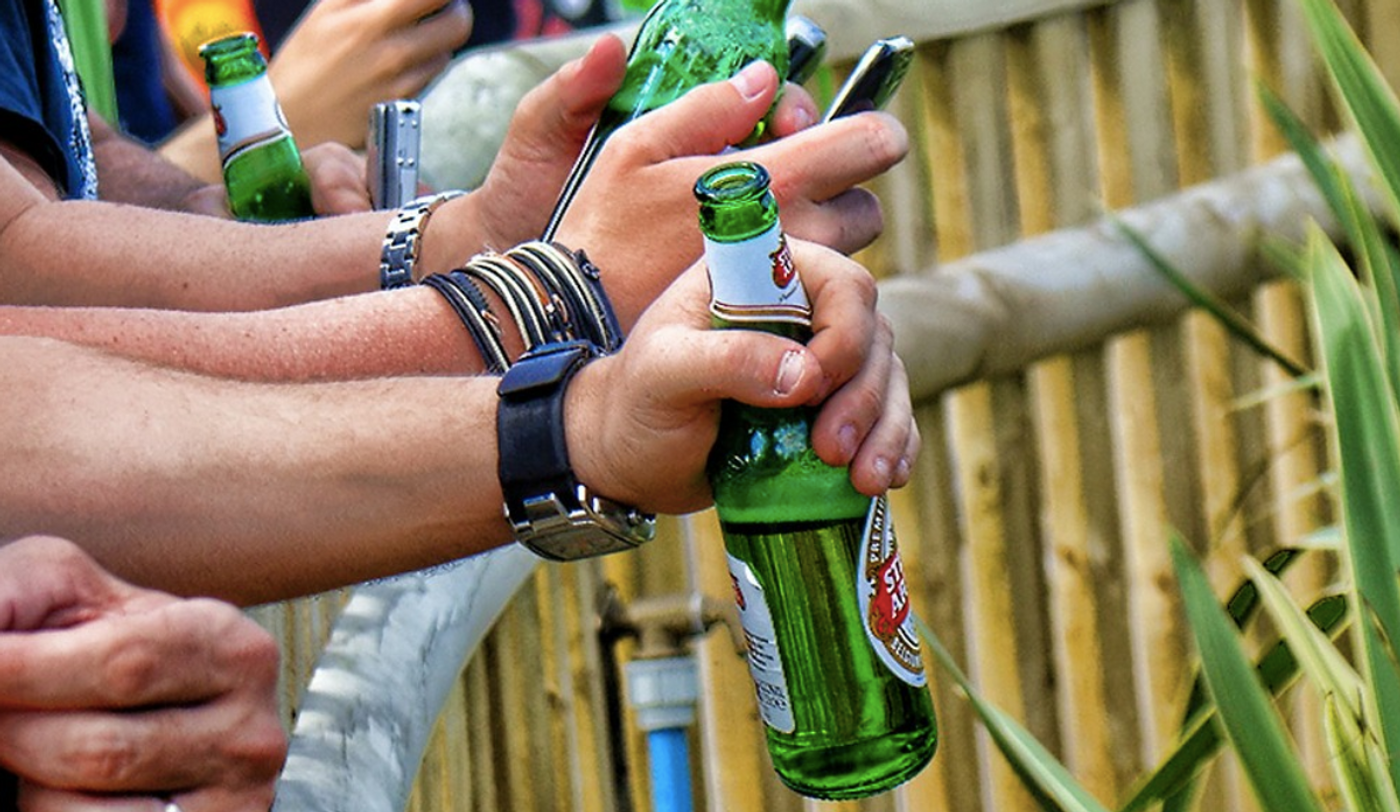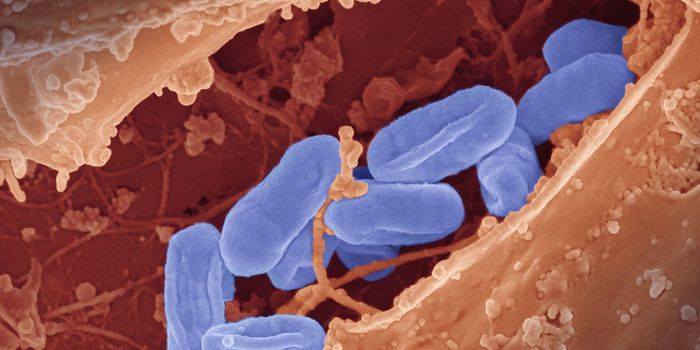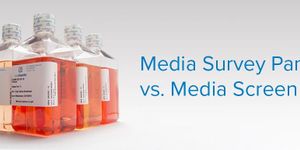Researchers Suggest Updating Alcohol Warning Labels
The current warning labels that consumers see on alcoholic beverages focus on the dangers of operating machinery while intoxicated, and the labels include a vague reference to health problems, noted researchers in a new article in the New England Journal of Medicine (NEJM). These warnings are so unhelpful, they are practically misleading, the authors added. That's because we now know that alcohol can raise a person's risk of a variety of serious health problems including liver disease, some cardiovascular illness, and pancreatitis.
Alcohol consumption can also increase the risk of several kinds of cancer. The International Agency for Research on Cancer considers alcohol to be a group 1 carcinogen.
Excessive alcohol intake is thought to lead to the deaths of over 140,000 people every year in the US, according to the CDC. The pandemic worsened the problem; alcohol related deaths have increased by about 25 percent compared to 2020.
The authors of the NEJM report, Anna H. Grummon, PhD, of the Harvard T.H. Chan School of Public Health, and Marissa G. Hall, PhD, of the University of North Carolina, noted that Americans should have the chance to make well-informed choices about drinking alcohol. Therefore, new warning labels for alcoholic products should be a priority.
Research has suggested that warning labels are most effective when they include some kind of pictures; are in rotation so people see new ones on a regular basis; and are displayed prominently. This approach seems to have worked for cigarettes, which are sold in many countries with graphic warning labels including scary pictures of disease. Cigarette smoking quit rates are higher in countries where warning labels are designed that way.
A test of warning labels that included pictures was done in Yukon, Canada. This effort was associated with a six to ten percent decrease in alcohol purchases during the temporary measure. The alcohol industry pushed back against those labels, however, and warnings about the risk of cancer that were included on the label have since been removed. In the US, the industry spends about 1 billion dollars a year on advertising. This trend is mirrored in other countries around the world. For example, in Thailand where alcohol advertising spending is now at an all time high, new services such as alcohol delivery are also making it easier for consumers to access liquor. The federal government will almost certainly have to get involved if warning labels are going to change; it seems highly unlikely that companies will voluntarily change warning labels, which would cast their product in a more negative light.
A survey of Americans suggested that as many as 70 percent are unaware of the link between alcohol intake and cancer risk.
“For example, there is now scientific consensus that alcohol increases the risk of several types of cancer, including head and neck cancer, breast cancer and colorectal cancer. But two-thirds of Americans are not aware of these risks," noted Grumman.
Sources: University of North Carolina, New England Journal of Medicine









